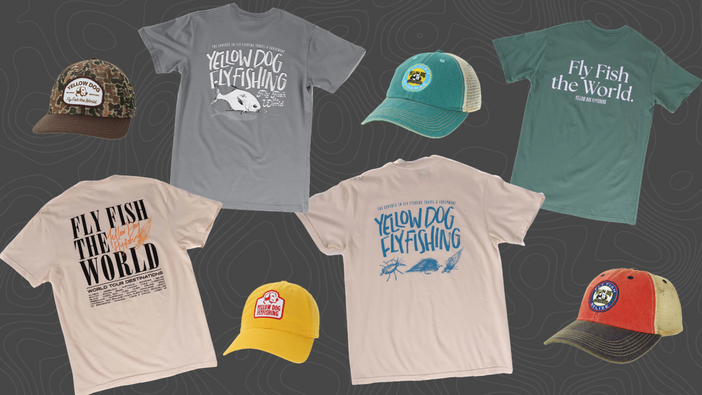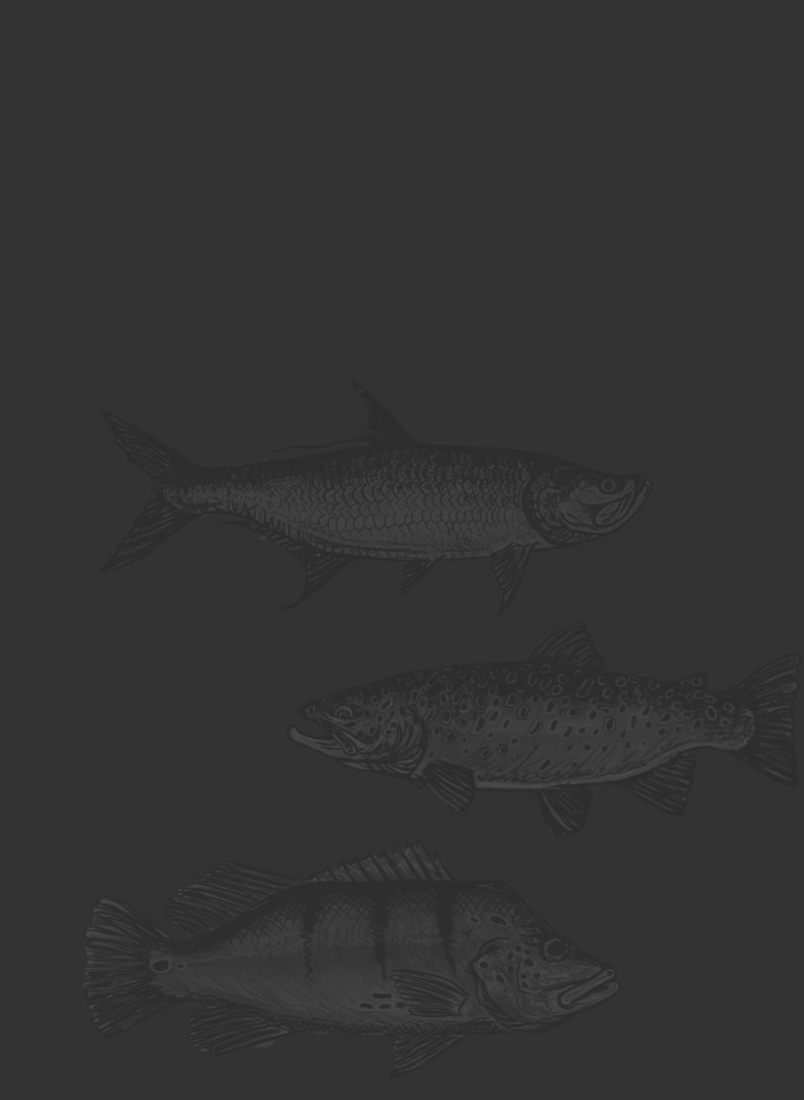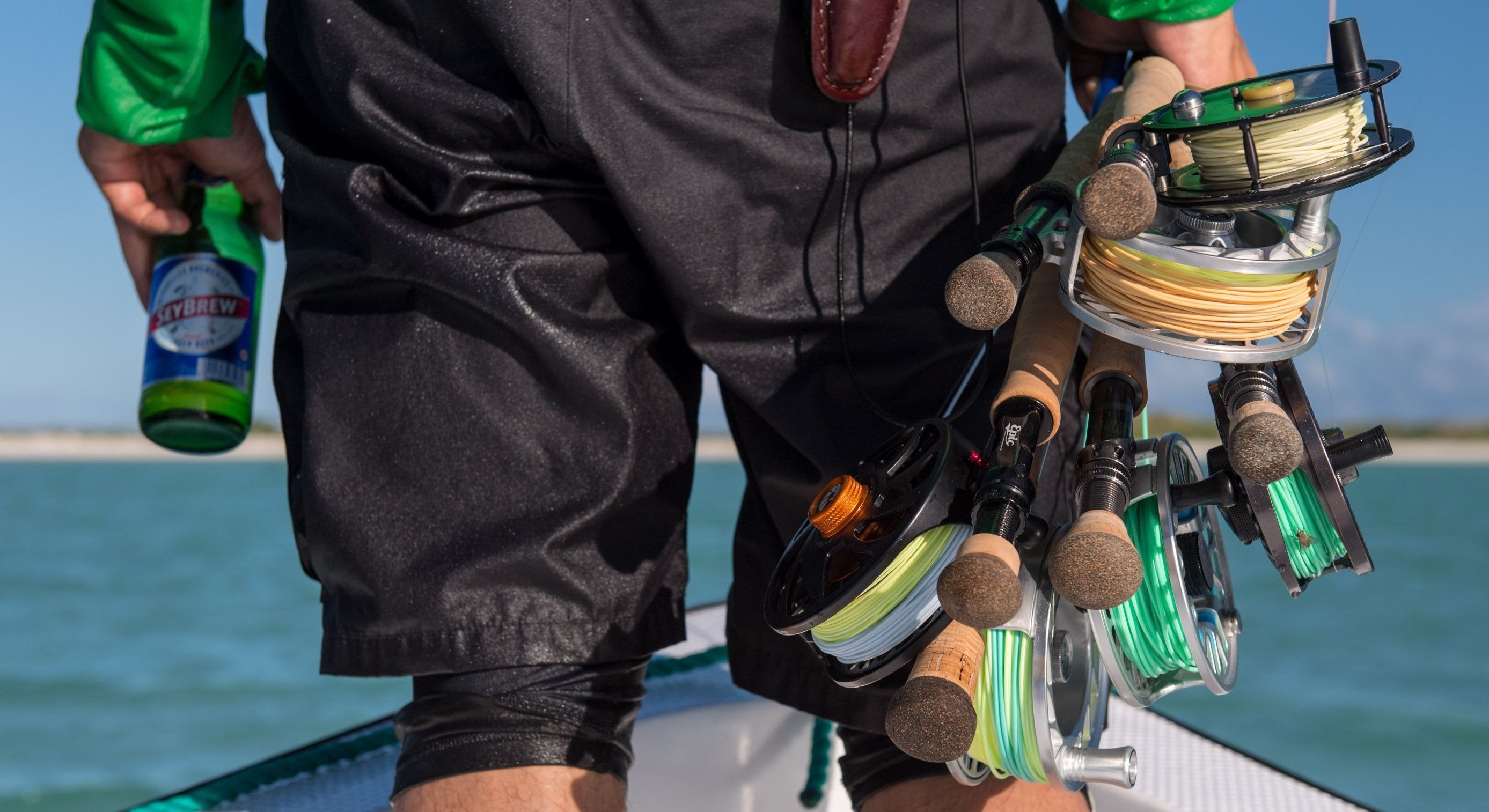If you’re headed on a saltwater fly fishing trip chances are you have thought once or twice about what the tides are doing. In the simplest of terms, tides occur by the gravitational pull of the moon, which moves water around the earth’s oceans. But diving a little deeper into the topic not only provides insight into feeding habits of our beloved flats species but also equips anglers with the knowledge to make educated choices about planning a trip.
What are tides?
The earth’s moon is close enough to the planet that its effects of gravitational pull can be witnessed. Although this gravitational force is not strong enough to be felt in humans and is too small to measure except using sophisticated instruments, the moon’s gravitational pull can be seen moving the earth’s bodies of water as witnessed in the tides. Tides will vary in height and intensity depending on where the moon is in proximity to the sun and earth.

The 4 Stages
The tide schedule is divided into four, seven day periods. And these four cycles will repeat every 29.5 days, or approximately every month. It’s when the moon and sun, when both are in a line with the earth and both exerting their combined gravitational force on the oceans, do we have a spring tide. When the moon continues its orbit and is 90 degrees to the sun, only then do neap tides occur.
- The first stage of the tide phase is called the (primary) spring tide. As explained before, this is the stage when the moon, sun, and earth are all aligned. The combined gravitational pull of both the sun and moon will pull the oceans and subsequently creating the highest high tides and lowest low tides. Furthermore, it’s when the tide will move the fastest bringing water in and then off the flats. So only once a month are the tides the highest they’ll ever be and also the lowest they’ll ever be until the following month.
- The second stage is when the moon is in its last quarter. This is when the moon is at a 90 degree angle to the sun and is when we have neap tides. At some places in the world during neap tides the variant between high and low tide is not much at all.
- The third stage occurs when the moon is dark or when the earth is between the moon and sun. This celestial orientation brings about another set of spring tides aptly labeled secondary spring tides. Even though they are technically spring tides they do not occur with the same magnitude as the primary spring tides.
- The fourth stage of the tide phase happens when the moon is in its first quarter. Again as in the second stage, the moon is 90 degrees to the sun and neap tides occur.
Now that we have a basic understanding of how tides work, let’s get to the larger and infinitely more important question- what do tides mean for fishing?
How Do Tides Impact Fishing?
Tides play a critical function in the ocean’s ecosystems. With an incoming tide food, nutrients and other essentials from the deeper waters are brought onto the flats. And with outgoing tide debris and other nutrients are brought off the flats into the oceans. Tides are mother nature’s way of replenishing ecosystems.
Fish will come onto the flats with an incoming tide and then will leave with the outgoing tide. The stronger the tide the more food will be kicked up from the flats and more small fish swept onto the flats. Crabs, shrimp, and worms will be stirred up out of the flats and hungry predators will be waiting to eat. Most of the time when fish are coming onto the flats with an incoming tide they will be aggressively feeding and even bonefish won’t be as wary. There are, however, more strategic places to fish than others to take advantage of incoming or outgoing tides.
For the fly fisher, choke points on the flats are your best friend. Where natural bottlenecks occur bait fish, crabs, and other crustaceans are funneled through and fish will be waiting to find their next meal. A good guide will prove invaluable to finding these spots and putting your, the fly fisher, in a position to catch fish. Generally speaking the best fishing can be found 2 hours before the high tide and 2 hours before the low. But by no means does this mean it’s the only time to find good fishing.

Having a good guide is worth every dollar you spend. Even if the tides aren’t optimal a good guide will know where the fish are hanging out either off shelves, and indentations and contours in the flats. And for species such as bonefish, neap tides have actually been found to be some of the best fishing. For places like the Bahamas, and other destinations in the Caribbean, the flats are formed in such a way that you could be fishing an incoming tide and then once that’s finished boat down three miles and be fishing another incoming tide. But at the end of the day, it has a lot to do with personal preferences as to what tide you want to fish. Remember it’s the Indian, not the arrow.
Tides play a critical role in ocean ecosystems and can oftentimes indicate where and when the fishing will be the best. With a little knowledge of how water moves about our planet’s oceans, you can drastically increase your chances of having a successful fishing trip. For more information on tides and fly fishing the saltwater be sure to give Yellow Dog a call at 888-777-5060.
+ Listen to this WAYPOINTS Podcast: ALEC GERBEC - Understanding and Explaining Tides for the Saltwater Angler
Relevant Articles:





























